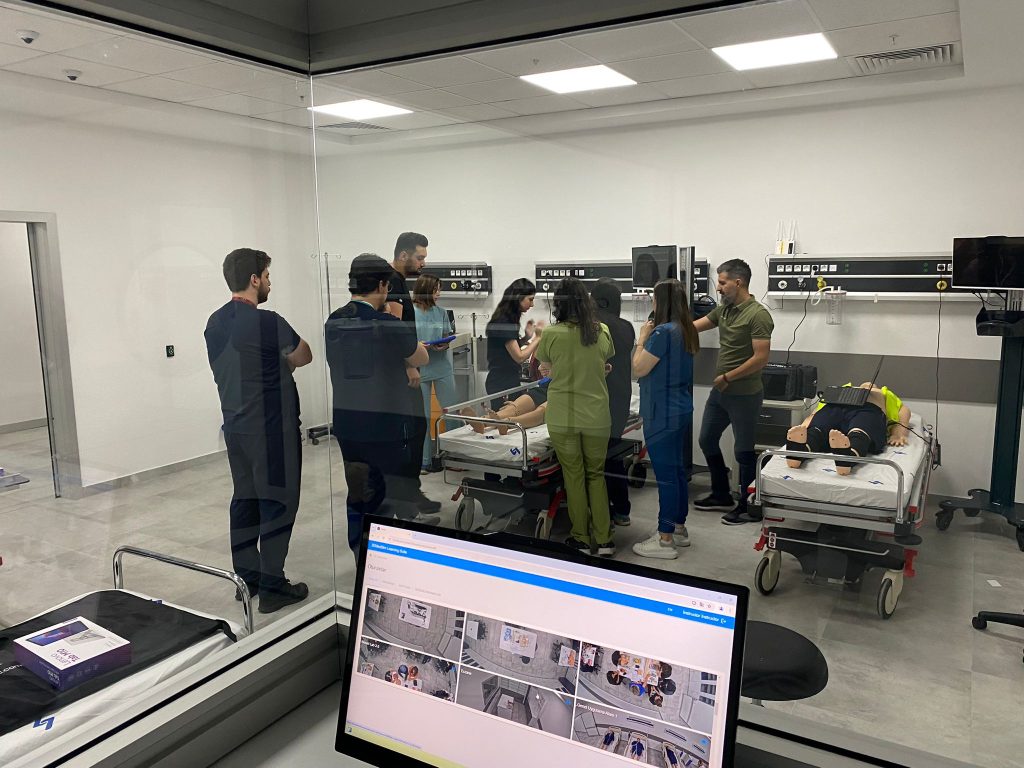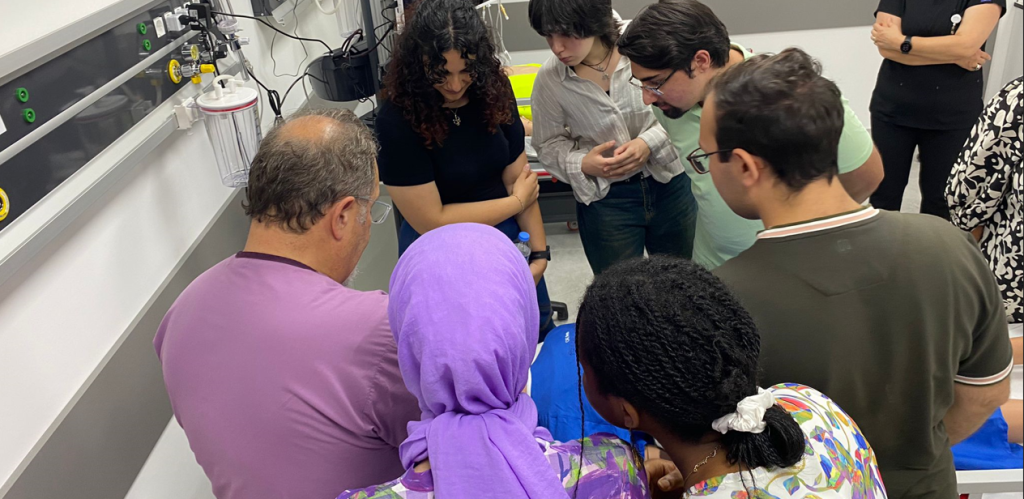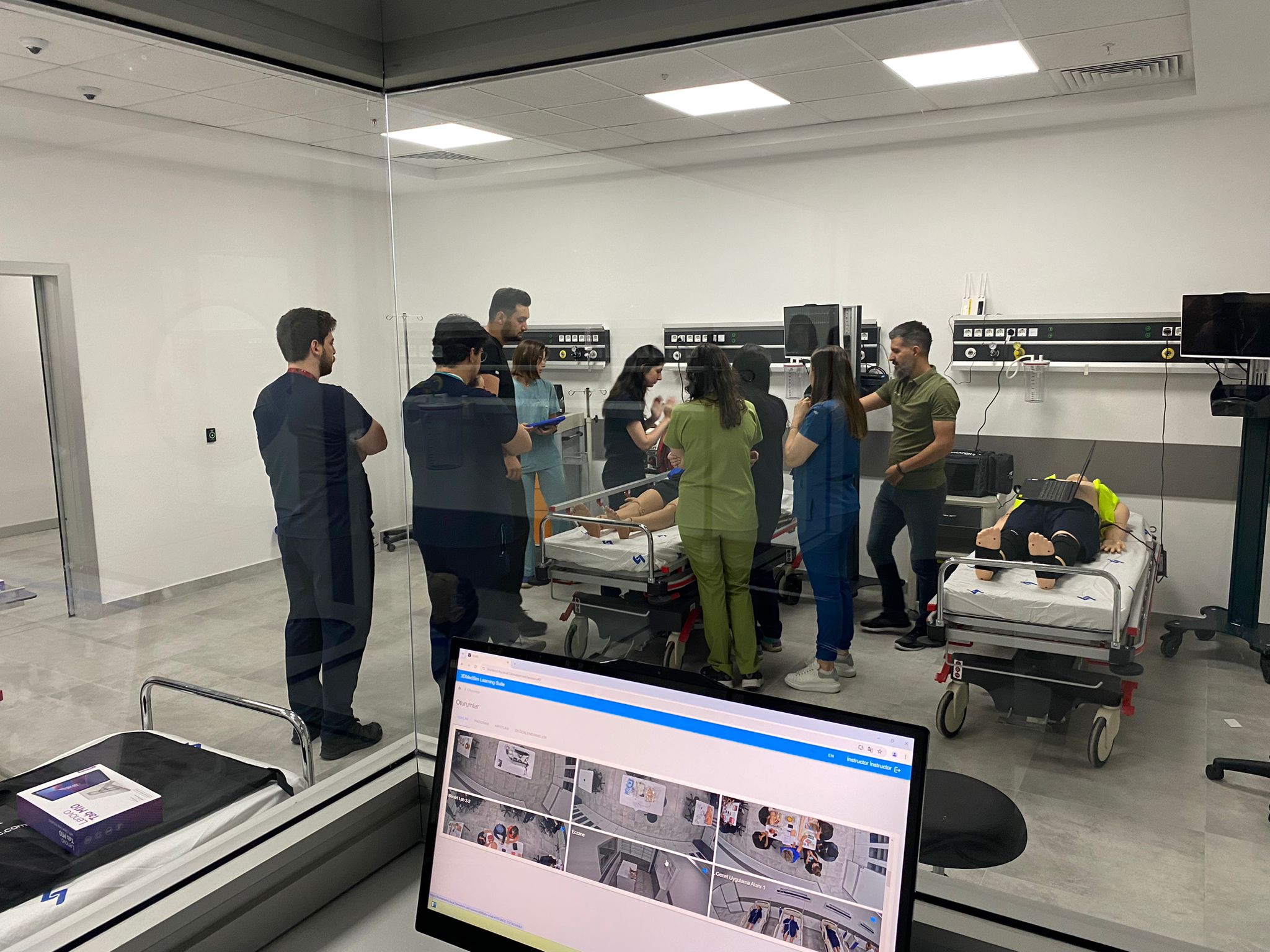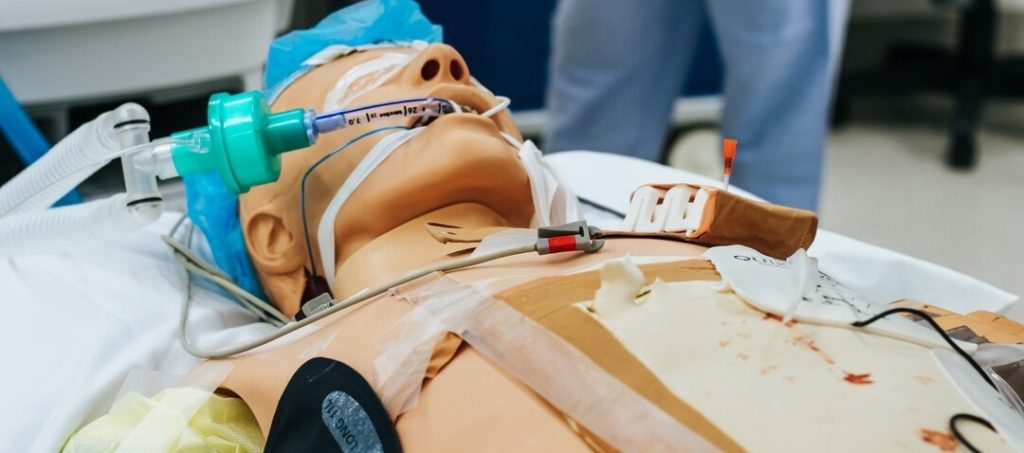
Simulation centers play a critical role in healthcare education and provide healthcare professionals with the opportunity to experience various scenarios they may encounter in real life. These centers help students and specialists develop their clinical skills in a safe and controlled environment.
The primary objectives in education are to enhance patient safety, improve clinical decision-making processes, and strengthen healthcare professionals’ communication skills. Additionally, simulation centers encourage active participation in the learning process, ensuring that theoretical knowledge is reinforced through practical applications.
The tasks of simulation centers include organizing clinical skills training, teaching emergency scenarios, supporting multidisciplinary teamwork, and improving the quality of healthcare services. Simulators are available for training in many different specialties. Birth simulators provide healthcare professionals with practical experience in managing the birth process and possible complications. Anesthesia simulators help them learn anesthesia applications safely and recognize potential complications in anesthesia management. With auscultation simulators, students develop the ability to recognize lung and heart sounds and make the correct diagnosis. CPR simulators are used to teach the correct intervention techniques in emergencies such as cardiac arrest. These simulations reduce the risk of participants making mistakes in real-life scenarios, thereby increasing patient safety and clinical skills.
Scenario-based patient and outpatient rooms, emergency rooms, and inpatient services prepare healthcare professionals for situations they may encounter in various clinical settings. These areas develop teamwork, communication skills, and critical thinking skills. Emergency department scenarios, in particular, reinforce the ability to make quick and accurate decisions. Inpatient services aim to improve patient care processes and direct patient communication skills. As a result, simulation centers provide comprehensive training covering every aspect of healthcare delivery and help future healthcare professionals increase their professional competence.
In simulation centers, various training programs and scenarios can be created to help healthcare professionals develop a wide range of clinical skills. For example, using birth simulators for obstetric emergencies, students and healthcare workers can practice dealing with situations such as birth complications, cesarean sections, and newborn resuscitation.

Anesthesia simulators are used to develop skills in safe anesthesia administration, airway management, and recognizing and responding to anesthesia complications. Auscultation simulators, on the other hand, are ideal for reinforcing the ability to recognize various cardiac and pulmonary sounds and make accurate diagnoses.
CPR simulators are used to provide basic and advanced life support training, which teaches effective intervention techniques and CPR procedures in cardiac arrest situations. In addition, scenario-based patient and outpatient rooms allow healthcare professionals to develop critical skills such as communicating with patients, making diagnoses, creating treatment plans, and educating patients. Emergency department simulations are filled with intense scenarios that strengthen emergency management, triage, and rapid decision-making skills. Inpatient service simulations are used to teach continuity of patient care, multidisciplinary teamwork, and patient discharge planning.
Simulation centers, with this variety of training, enable healthcare professionals to apply their clinical knowledge and skills in practice, prepare them for real-life scenarios, and improve the quality of patient care. These environments go beyond theoretical training, offering a comprehensive learning platform that increases healthcare professionals’ confidence and competence in dealing with complex and critical situations.




